Harvest to finish: While many growers are long finished harvesting their cereals, there is still a little cutting to be done in areas that had poor weather and some later spring wheat and also spring beans.
Hopefully the weather will enable all remaining cutting to be done this week but it will not be the first time that harvesting took place in the same week as the Ploughing.
Shorter days make all remaining cutting a bigger challenge and broken down straw is shortening the cutting day.
Grain quality is likely to have suffered somewhat but now the greater priority is to bring the harvest to an end.
Straw remains a challenge but with headlands chopped in many fields later in the season this will make it a bit easier (and cheaper) to get the remaining straw baled up in those fields.
There needs to be an urgency in getting fields cleared now too.
It is still not too late to plant a catch/cover crop mix in fields that are destined for spring cropping. It is worth remembering that the catch crops sown in 2018 contributed in some way to crop performance in 2019.
A mix does not have to be expensive but it helps if it is mainly not cereal. Catch crops may help decrease the overall level of BYDV carryover into spring too. The general drop in temperatures will slow autumn growth at this point.
Planting: Conditions for planting are generally good but holding off for at least a week can bring many benefits. While having a late finish to planting is a potential negative, due to failure to plant or poor establishment due to pest damage, one should be selective about fields that will be planted early to minimise overall risk.
And just because it may make sense to plant a high-risk field does not make it sensible to continue planting very early.
Traditionally we recommended low seed rates for early planting. This reduces seed cost, enables tillering and decreases the risk of lodging.
However, I now wonder if higher seed rates would help to decrease the risk of BYDV infection and if a denser crop can compete better with grass weeds.
Variety choice is very important for early sowing. A prostrate variety may be beneficial but it needs to be fairly resistant to the main diseases such as septoria, rhyncho, net blotch and mildew, and it needs to be resistant to rusts.
Where grass weeds are an increasing problem it is well worth considering the sensible alternation of plough and non-plough in combination with rotation.
Every year that seed is buried leaves fewer seeds capable of germination when brought back up.
Stubbles: It has been an awkward autumn to get stubble cultivation done. The damp conditions made it nearly impossible to reduce slug populations but they were great for germination.
It makes no sense to allow germinated weeds or bands of volunteers to continue to grow. These merely suck up fertility from the next crop and possibly leave these bands visible with reduced growth.




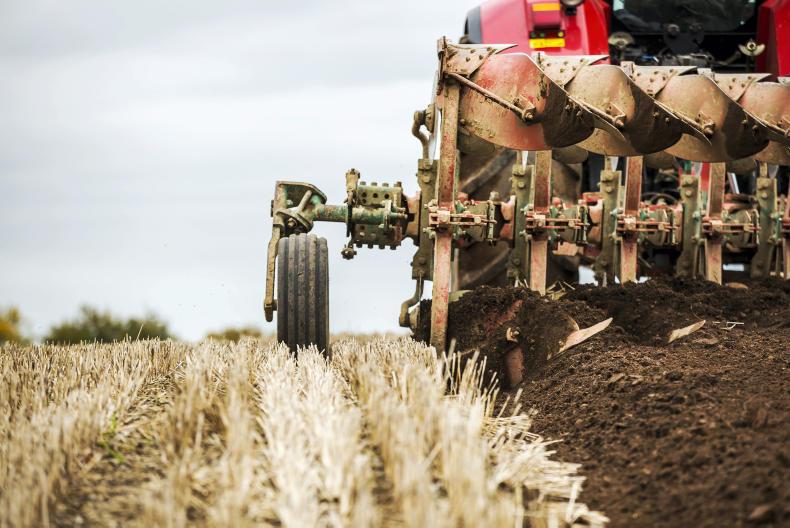
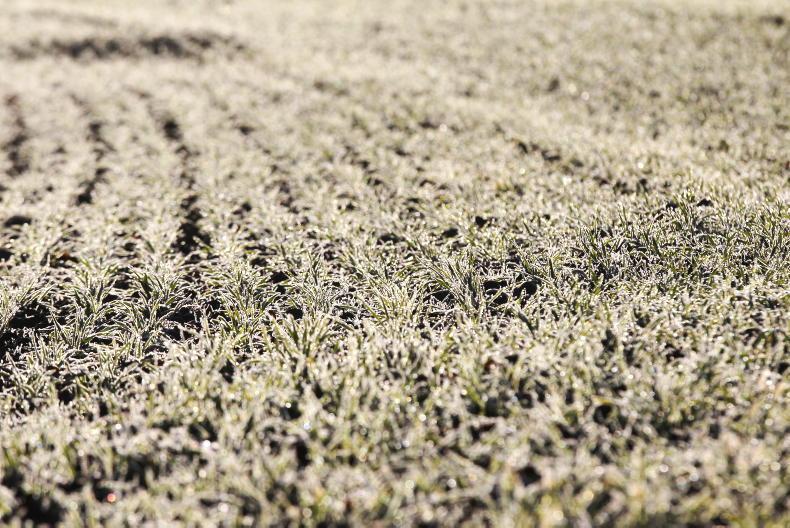

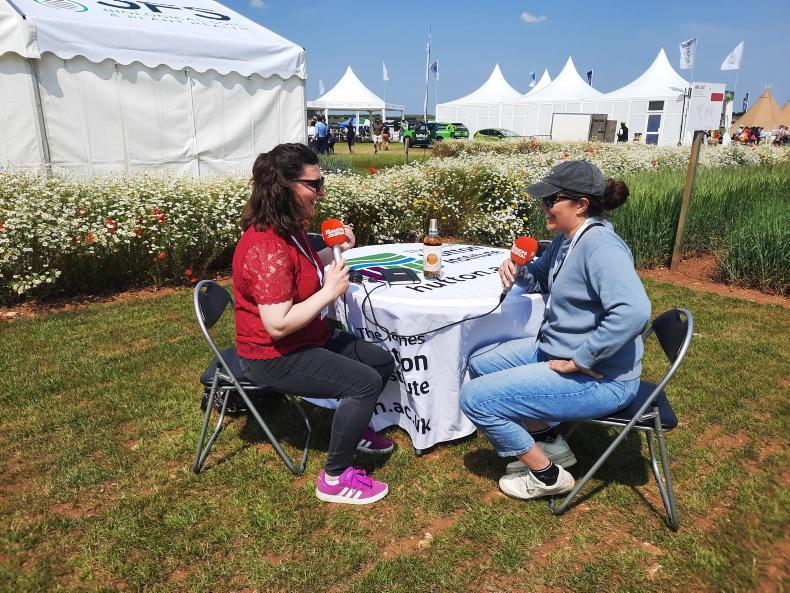
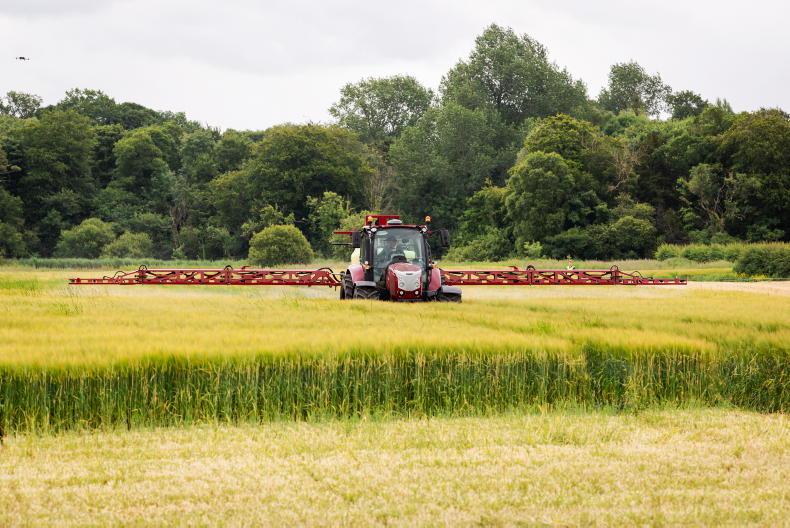
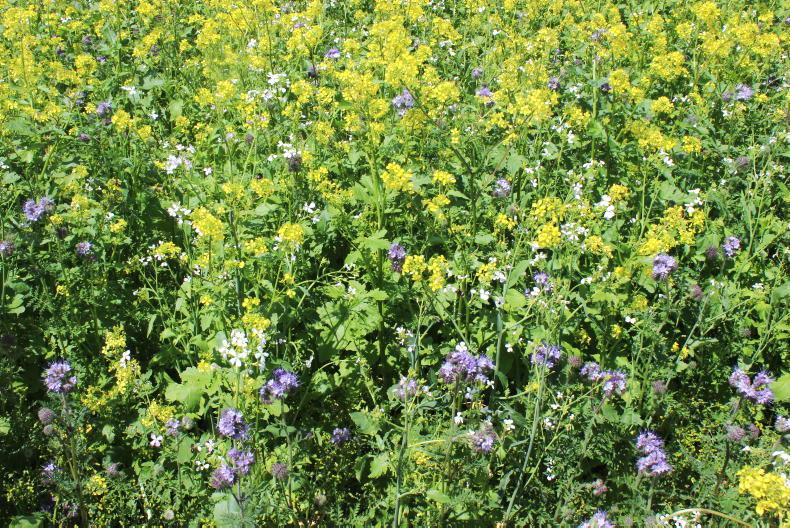
SHARING OPTIONS